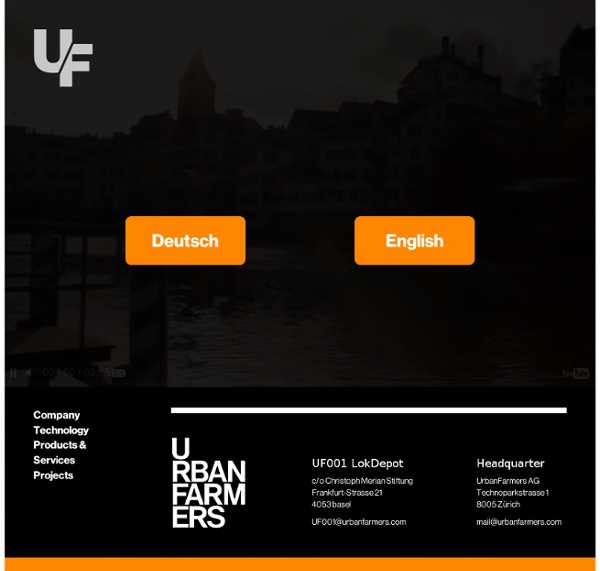



Friends of Abbey Gardens Terres en Villes Actualités Journée des techniciens Terres en Villes Mardi 18 mars 2014 à Paris A l'ordre du jour : - Projets des membres et des priorités du réseau pour 2014 - La loi avenir de l'agriculture, la nouvelle programmation européenne, les lois ALUR et MAPAM : quels atouts pour les politiques agricoles périurbaines ? - Economie agricole et alimentaire : résultats de projets CasDar (GAMAI - REALISAB) Télécharger le programme de la journée Présentation du réseau L'urbanisation est un trait majeur du développement économique et social de la France, comme de l'ensemble des autres pays de l'Union Européenne. Cette mutation, souvent brutale, boulverse tout autant l'espace urbain que l'espace rural, devenu périurbain. 15 Juin 2000, naissance de Terres en Villes Le 15 juin 2000, des élus intercommunaux et des responsables agricoles, ayant mis en place des politiques agricoles périurbaines sur leur territoire, créent "Terres en Villes". Voir la carte des agglomérations membres
Inside Urban Green re:farm the city I will share here a low cost solution for the recycling of organic waste, appropriate for apartments and urban housing that do not have a piece of land or an outdoor area. This construction is inspired by the Cadico earthworms nice project. The photos are from the composter I made here at home : ) It’s called a Vermi composter because we use worms in the process, uhuuuuu big thanks to the worms, they deserve! To make this kind of composter, it is important to use stackable supports to separate the different stages of composting. In this case, I used 3 buckets of margarine 15L reused. The first step is to cut the center of the lids that stands between the buckets. Then we will make holes into the bottom of the 2 buckets that will stay on top and receive the organic waste. Then, we use thinner drills, size 1, or 1.5 mm for making holes in the top of these 2 buckets to allow the entry of air, very important component of a good composting. Place a first layer of compound or forest land. . .
École d'agriculture urbaine - du 15 au 19 août 2011 Urban Leaves Farm City Le mode alimentaire américain basé sur une très forte consommation de viande de boeuf est une catastrophe écologique pour la planète - voir là et là, et risque de dévenir un enjeu d'aménagement urbain essentiel dans les décennies à venir - voir là. D'autres vont plus loin en imaginant carrément des immeubles associant en plein coeur de villes des élevages verticaux couplés à des abattoirs. C'est notamment le cas d'Amir Yousefi avec son projet "Carnivore Factory". On peut trouver cela terrifiant. On peut aussi imaginer que le visage des fermes évolue dans les années qui viennent pour donner naissance à une nouvelle "farmitecture"- voir les explications sur l'image ci-dessous là. PS : Sur les abattoirs comme modèle aéroportuaire, voir là. PS 2 : Sur le rôle du modèle alimentaire américain pour penser la mobilité du futur, voir là et là.
Server by Alastair Parvin « arkinet Some days ago we published the first of a serie of projects from the the President’s Medals for Students Projects organized by theRoyal Institute of British Architects (RIBA). The winning entries will be published on December 2, so in the meanwhile, we continue publishing some of the students projects that are participating. This time the project is called SERVER and it was presented by Alastair Parvin from The University of Sheffield Sheffield UK. We have talked before about food problems in cities and the different solutions that can be developed, such as vertical farming or urban farming. This time Parvin’s proposal has more similities to MVRDV’s Pig City than with skyfarming and the project speculates upon whether we can redefine what is actually meant by the term ‘local’. Oil and Food crisis : The case for a large scale agricultural experiment in the way we feed cities. Satellite view of the Server belt and surrounding farmland. More interesting student’s projects here. Like this:
Eat The Suburbs!